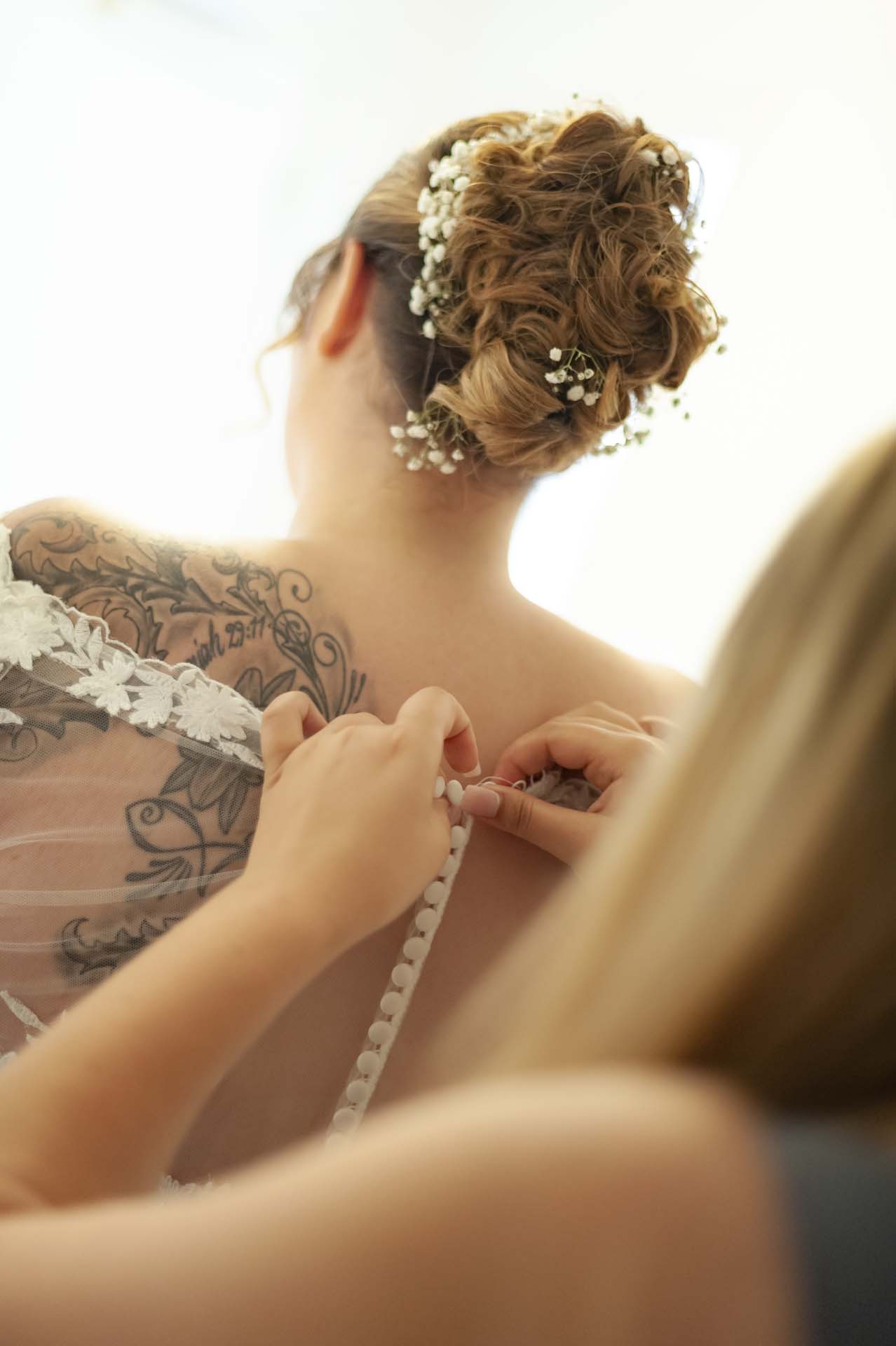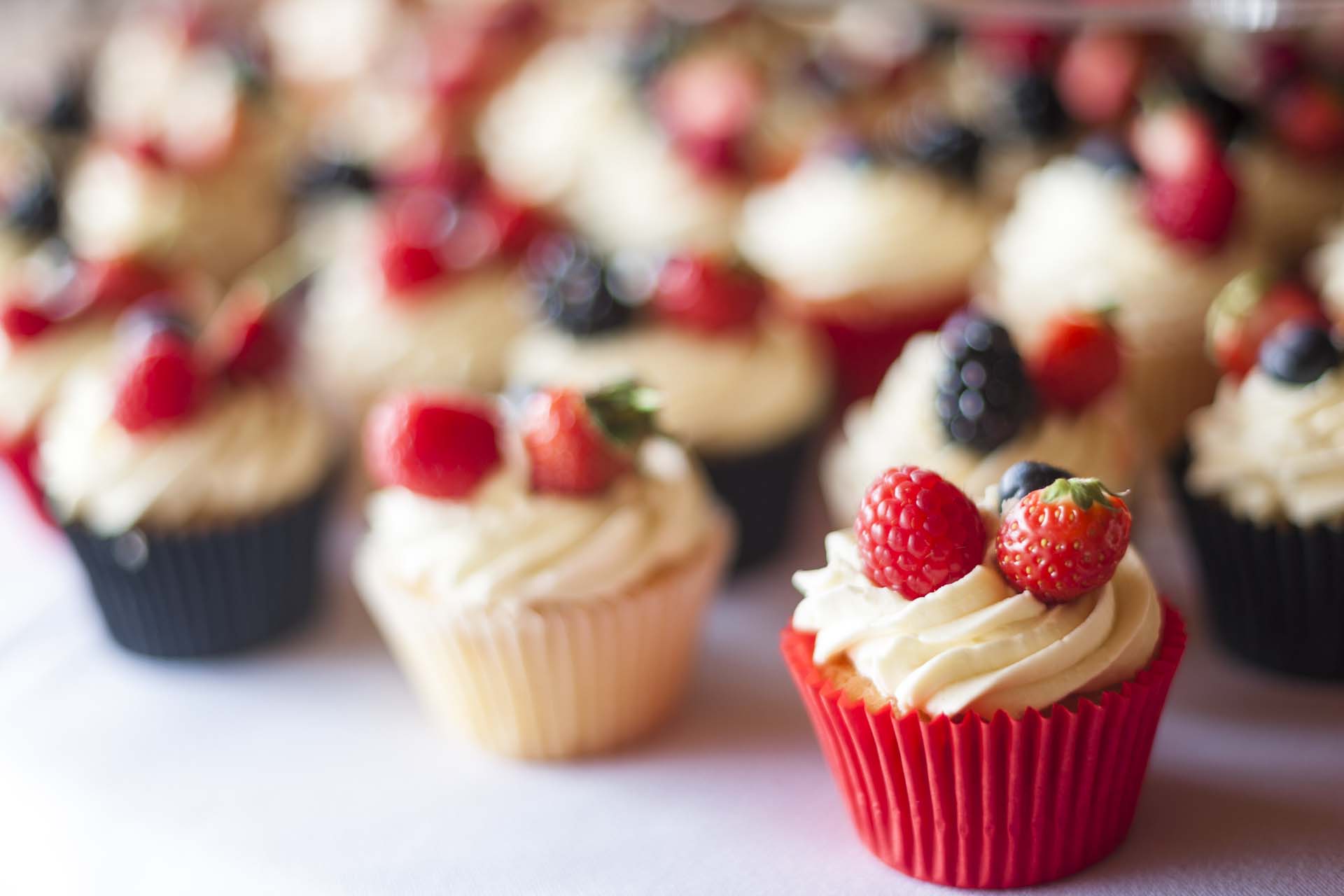A wedding photographer's tools:
The 50mm - Nifty Fifty - Lens
The 50mm lens sits right in the range of the 24-70mm zoom, and you might wonder why it gets its own separate slot in a run down of essential gear for wedding photographers. If you have a 24-70, who needs a “nifty fifty”? I have to admit that the question made me think too! Every wedding I use this lens, sometimes a great deal, but it has been interesting to analyse just why it gets used.
My particular 50mm is the Nikkor 1.4 G version. This isn’t a particularly widely respected type – many people prefer the 1.4 D series and the 1.8 G series. And other brands are available! I have never found the 1.4 G especially problematic; mine has given me good results over a good few years now and I have no complaint.
Looking for a wedding photographer? Check out my portfolio pages, or click on the button below to contact me.
A wedding photographer's tools:
The 50mm lens has a great history
When Ernst Leitz and Oskar Barnack turned 35mm cinema film round and put it in a tiny body to create the first Leica prototype, the lens they put on the front was a 50mm. The idea and Leica cameras caught on – both with more “artistic” photographers like Cartier-Bresson, and with the press.
Other manufacturers started making cameras to the same 35mm film standard as the Leica, and they sold 50mm lenses as “the standard lens”. My first interchangeable lens camera was a Russian Leica copy – a Zorki 4K – and it came with a 50mm. When I bought my first SLR, it was the Leica-influenced Pentax ME Super. Again, it came with a 50mm f2. That story was repeated millons of times, right round the world.
Barnack’s choice of the 50mm and the availability and (comparative) cheapness of 50mm lenses from there on was instrumental in creating the “look” that we associate with classic photographs of the 35mm era. We may not know that the lens that produced them was a nifty fifty, but we are all used to photographs that have the perspective and geometry of this lens.
As we have moved into the digital age interesting things have happened to the camera and lens market. The biggest difference has been that manufacturers have made large numbers of cameras with smaller sensors than the standard 50mm film. Smaller sensors need shorter lenses to produce the same coverage / angle of view, so the “standard” 50mm look is now often reproduced (on a Nikon DX or Canon APS-C camera with a 35mm lens. The makers were canny – they already had good, cheap, 35mm designs ready and waiting. The same result on a Micro Four Thirds camera needs a 25mm lens.
I use Nikon full frame (ie same sensor size as 35mm film) cameras for my professional photography, so a 50mm lens is still needed to get that look. All of the pictures that follow were taken with 50mm lenses on full-frame bodies.
A wedding photographer's tools:
So how do you use the 50mm at weddings?
So what does the 50mm do that a 24-70 zoom set at 50mm doesn’t? Why would you pop the nifty fifty on the camera when you have the more flexible zoom availble? Where and when at a wedding would you use the old “standard” lens?
1) When small and unobtrusive is beautiful
It’s the start of the wedding day and you have just arrived at the bride’s house. There is a palpable excitement and nervousness. All the bridesmaids are already there. This is the first time you are meeting them – possibly the first time you meet the bride. I always want to be as unobtrusive as possible and just blend into the proceedings. Putting the 24-70 on the D5 is considerably more imposing than the 50mm on a body with no battery grip. It feels lighter and neater. Once the day wears on, getting the big beasts out will be normal, but I like to start small and discreet.
2) When you want very shallow depth of field
The nifty fifty has a significantly wider aperture than any other lens in my kit bag. That means that, wide open, it can deliver pictures with less depth of field of focus than any other lens – or at least any other lens with a similar focal length.
This is useful in a whole bunch of situations. Starting at the bride’s home/hotel, you can bet that the scene before you isn’t the kind of elegant tidiness beloved of brides’ magazines. Capturing the bride and her friends/sisters getting ready often needs a shallow depth of field to avoid seeing the clutter – and the dreamy bokeh suits the moment.
You can see that I use the 50mm a lot during the bride’s preparations precisely because of that big aperture/shallow depth of field.
I often find the shallow depth of field useful for recording details – food, clothes, presents etc
Nikon D700 f1.6 1/250 ISO200
Cupcakes at a Barcombe, Lewes, East Sussex wedding
And it is great, of course, for separating people from others in the background, whether at the bride’s home or later in the day
Nikon D700 f1.6 1/4000 ISO200
Guest at a Barcombe, Lewes, East Sussex wedding
3) When you want the classic look of the 50mm angle of view
The classic look and perspective of press photographs taken with the 50mm lens can be a good look for the wedding photographer too. The combination of the 35mm body and the 50mm lens just looks “right”, in my view – which is probably a way of saying that I am a child of the sixties, brought up in the era of images from the great press photographers shooting on Nikons and Leicas. Obviously, that look comes from the 24-70 set at 50mm – but only from f2.8 and smaller apertures. It’s the angle AND the big aperture/shallow focus depth that work the magic here. Every wedding I deliver a bunch of photos taken with this lens, just for the look.
4) When you need to gather as much light as you can
Of course, above all the big aperture of the 50mm lens means more light. Having said which, a Vibration/Shake Reduction version of a 24-70 f2.8 should give you confidence to shoot at a slower shutter speed and therefore keep up with a 50mm f1.4… but by 24-70mm isn’t VR, and when the light is really failing, it is the nifty fifty I reach for. The lighter weight helps too; adopting the classic ‘elbows braced into the body position’ or pressing the camera against a wall or post, great results can be achieved.
A wedding photographer's tools:
The 50mm and the Nikon D700 at weddings
It is probably obvious to anyone looking at the pictures above that I use the 50mm with the Nikon D700 a great deal. That is in part because I have culled these photos from various stages of my career as a wedding photographer, with some from when the D700 was my main camera. But there are two other reasons too.
- The D700 doesn’t have auto ISO intelligent enough to recognise different lens focal lengths – so with a zoom you tend to set the shutter speed for the longer length. It is handy to pop a fixed focal length lens on this body, set it to 1/50 minimum and then not worry about it – I have other bodies to do the main work.
- The D700 has a special way with skin tones and seems to me to work well with the 50mm, especially in those dreamy, high-key bride preparation shots. It may now be an “obsolete” camera, but I find it still has a role to play, creating lovely images with a creamy bokeh and beautiful breakdown at higher noise levels.
So there I’ll leave it: I will go on using my nifty fifty at weddings. And, so long as the old girl holds out, I will carry on shooting some pictures with the D700 and the 50mm, even if the D5 is now doing most of the heavy lifting.
I hope the blog has informed and entertained! If you are looking for a photographer for your wedding or other special event, please don’t hesitate to contact me via my online form or email.
To contact me to enquire about my wedding photography use my Contact Form or just text (07983 787889) or email me at Andrew@AndrewKingPhotography.co.uk
Photos © copyright Andrew King Photography
































